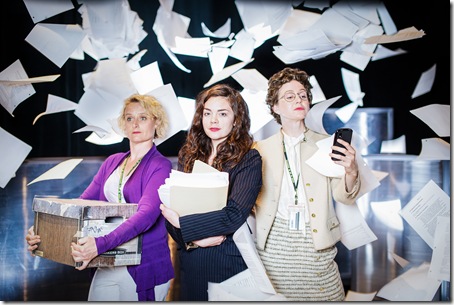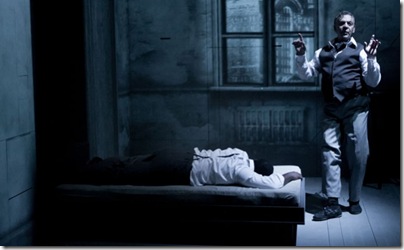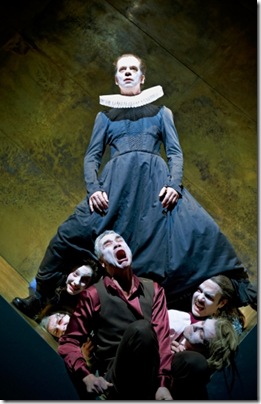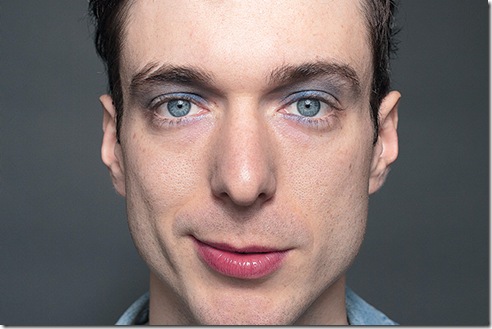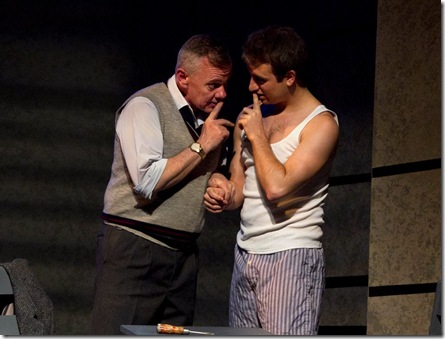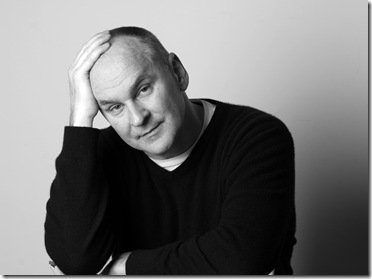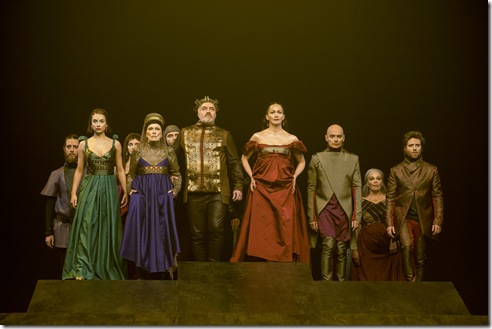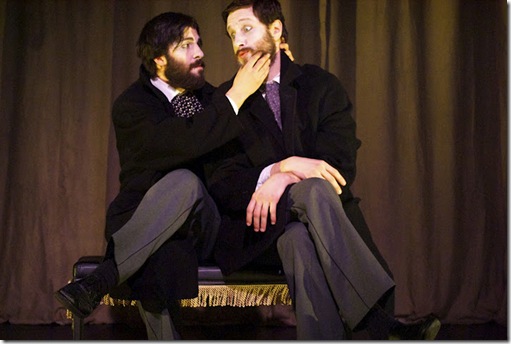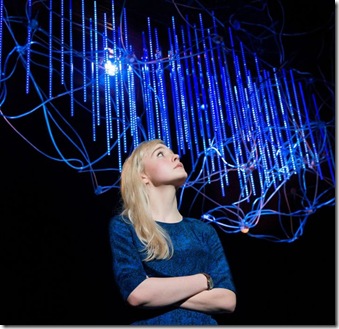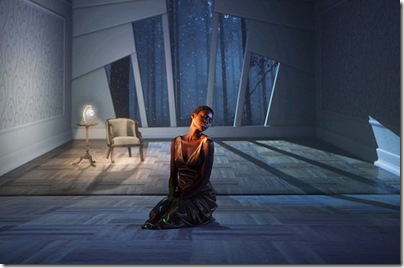
Soprano Neema Bickersteth. Photo John Lauener
Cette production multidisciplinaire, une création mondiale, a marqué l’ouverture du festival culturel annuel promu par le Centre national des Arts à Ottawa. Cette année, « la scène d’Ontario » est à l’honneur. Parmi les 90 événements prévus, dont la danse de toutes les origines, les « arts médiatiques » ainsi qu’une grande variété de musiques classiques, populaires et traditionnelles, il y aura des rencontres littéraires (anglophones et francophones) et une quinzaine de spectacles de théâtre.
Le chant du siècle nous ramène aux expériences scéniques et musicales de John Cage sauf que ce contenu est autre. L’unique artiste en scène, la soprano Neema Bickersteth, une figure sobre, jeune et filiforme, dont la belle voix d’opéra, puissante et dramatique est le socle dramatico-musical de la soirée. Sans paroles, le spectacle nous raconte par des images, l’histoire de la femme noire au Canada. Appuyée par des paysages filmés, des intérieurs qui se transforment à vue d’œil, tous les effets visuels indiquent la remontée dans le temps à travers les proscéniums qui encadrent l’espace de jeu. Dans ce contexte, la soprano adopte une gestualité inspirée de la danse moderne afin d’indiquer l’évolution des rapports entre cette femme et son milieu socio-culturel. Grâce à un sens de théâtre hérité des spectacles de John Cage, du jeu transgressif de Mauricio Kagel qui subvertit tous les instruments qui lui tombent sous la main, et un texte d’Alice Walker (À la recherche des jardins de nos mères), l’équipe du Volcano Theatre a réussi un événement d’une excellente qualité visuelle et musicale.
…
Read More Read More
